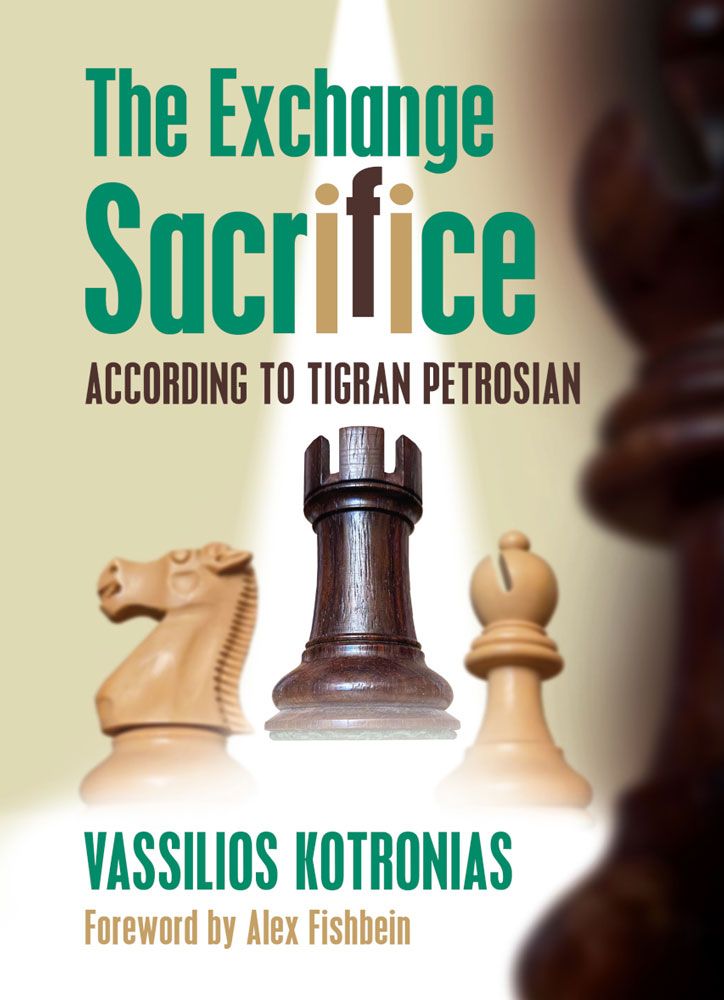The Exchange Sacrifice according to Tigran Petrosian by Vassilios Kotronias (Russell Enterprises)
The ninth World Champion’s unique style has never been replicated, even though he died 38 years ago. There were many extraordinary aspects to his game, including his legendary sense of danger, extreme use of Nimzowitschian prophylaxis and, of course, the subject of the current book – his famous, repeated use of the exchange sacrifice.
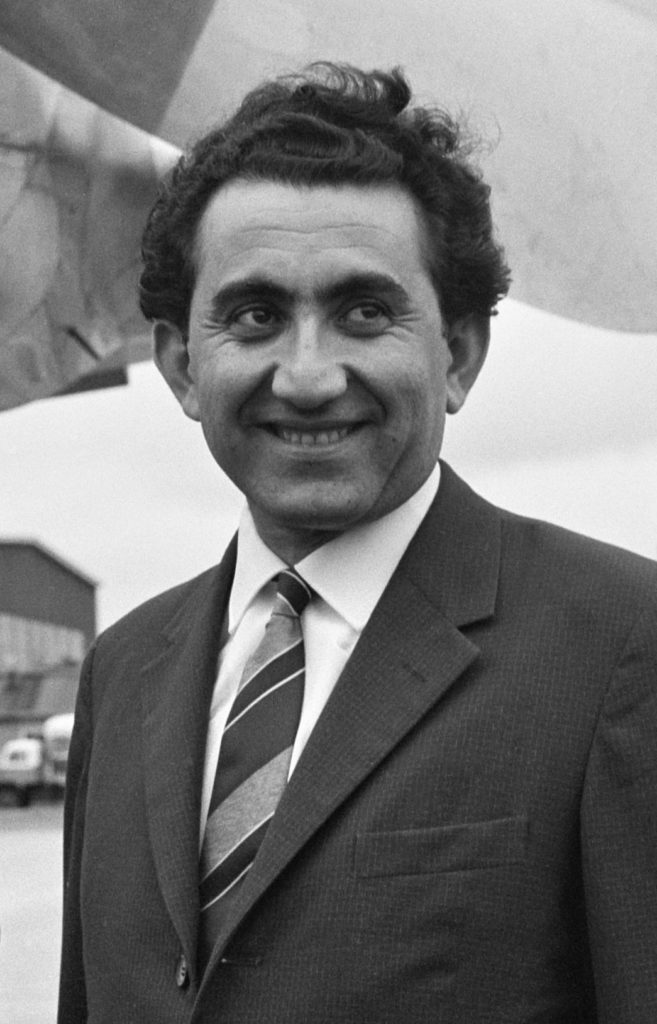
Chess players are usually reluctant to give up material unless the rewards are obvious and instant, such as a sacrifice to force checkmate upon the opponent’s king. To sacrifice the exchange (give up a rook for a bishop or a knight) for long-term compensation requires a much deeper level and understanding and a heightened appreciation of the subtleties of the position.
As Kotronias puts it, ‘With his rare strategic feeling and exceptional vision, Petrosian gradually became one of the top exponents of the art of the exchange sacrifice, and perhaps the leading protagonist for the positional exchange sacrifice.’
The author presents 36 games, from 1947 to 1980, in which Petrosian uncorked at least one exchange sacrifice. Virtually anyone could sacrifice material against lower-rated opposition and get away with it (we all known chess club bores who do) but Petrosian’s ‘victims’ in this book include Botvinnik, Smyslov, Tal, Spassky, Fischer and Korchnoi.
The introduction provides a classic example of a Petrosian exchange sacrifice and one which made a deep impression on me when I first saw it in The Art of Defense in Chess by Iakov Damsky and Lyev Polugaevsky (Pergamon Chess, 1988).
A splendid offer, breaking the force of the attack. A clear exchange is sacrificed to stop the e-pawn’s lust to advance, but this is done having in mind two important facts:
- The win this rook, White will have to give up his only good minor piece and all ambitions for a central breakthrough.
- Black will have an unassailable post on d5 for his knight once the exchange is taken, from where it can toe down White’s forces to defending c3. In addition, his bishop will have no opponent on the light squares, a fact strengthening the possibility of a total blockade.
Indeed, it didn’t even take long for Black’s compensation to show and the wily Reshevsky duly chose a judicious moment to return the material to avoid ending up much worse.
Kotronias notes ‘that the fact his positional exchange sacrifices were so powerful has somewhat overshadowed all his other exchange sacrifices, which are by no means less interesting or inspiring. My attempt in this work is to redress the balance and expose his universal style, through those very games where he resorted to such sacrifices.’
This means the reader can expect sharp play, atypical of the stereotypical impression usually associated with Petrosian.
Here is a case in point. Without prior knowledge of the players’ names, one would suspect Tal to be the player in charge of the white pieces.
‘Black’s exposed king, weakened pawn structure and potentially bad Bb7 should have now decided the game in White’s favor.’
Fortunately for Benko, Petrosian soon erred with an uncharacteristically impulsive move and the game ended in a draw after 23 moves. It didn’t stop him winning the Candidates Tournament, the last hurdle on his way to becoming the challenger for Botvinnik’s title. However, what should have been a classic victory has hitherto been a neglected game, until Kotronias got to work on Petrosian’s games.
Here is another impressive example of an exchange sacrifice in action, played a year before Petrosian died. This one is not in the book, but is instructive nonetheless.
This book should alert readers to what is possible with exchange sacrifices and perhaps even inspire them to look more often for opportunities to offer rooks for knights and bishops at key moments.
Interested readers will find more on the life and games of Tigran Petrosian here on Forward Chess, via the following publications:
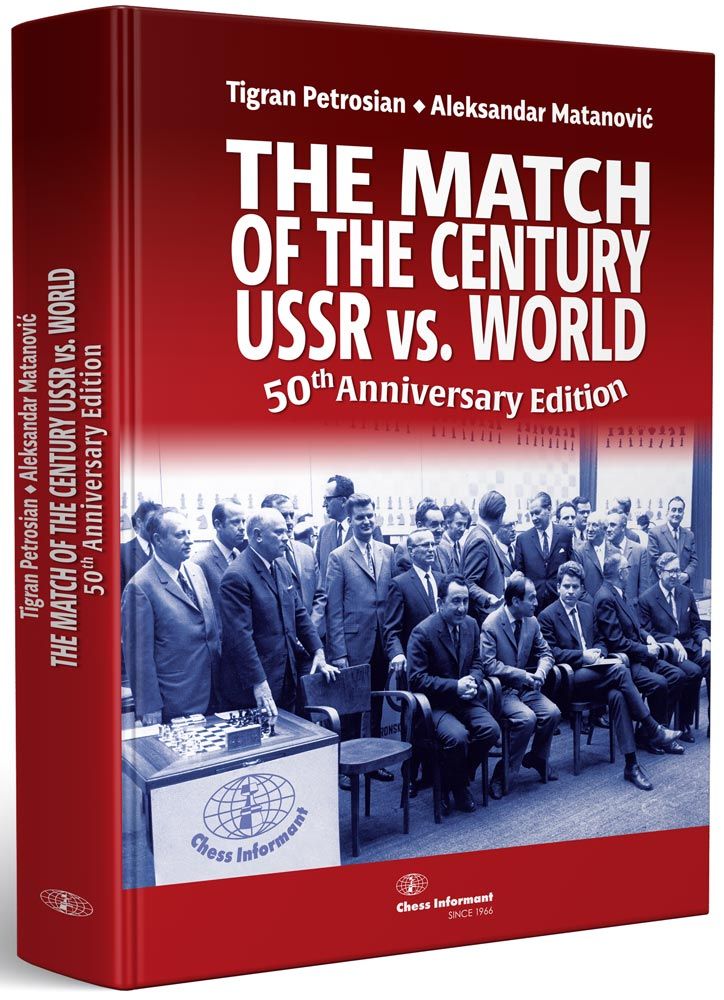
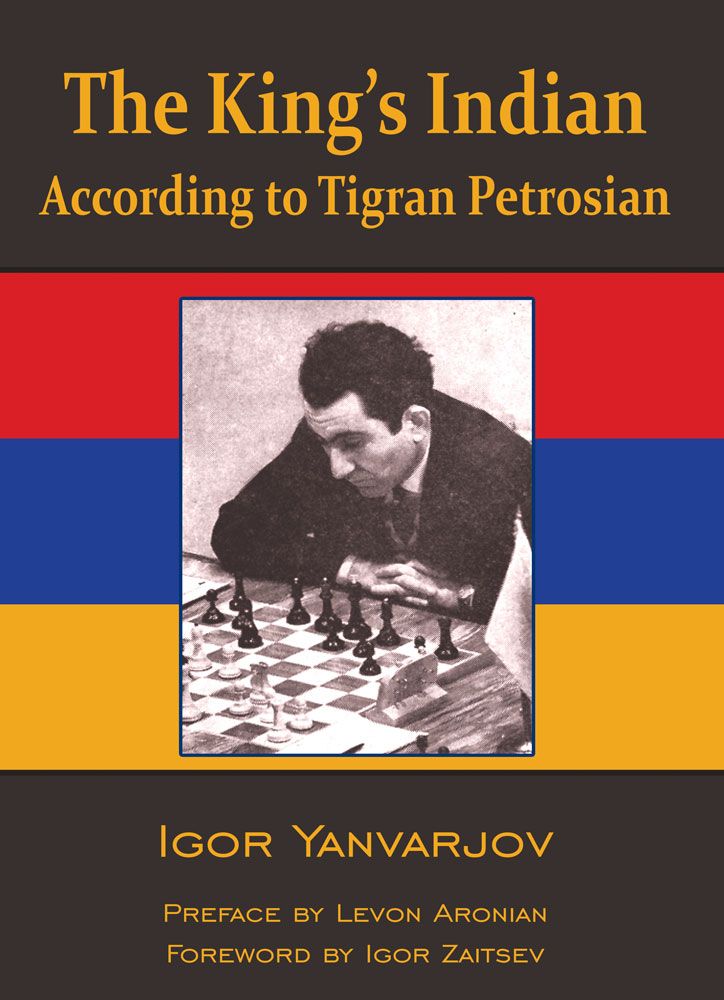
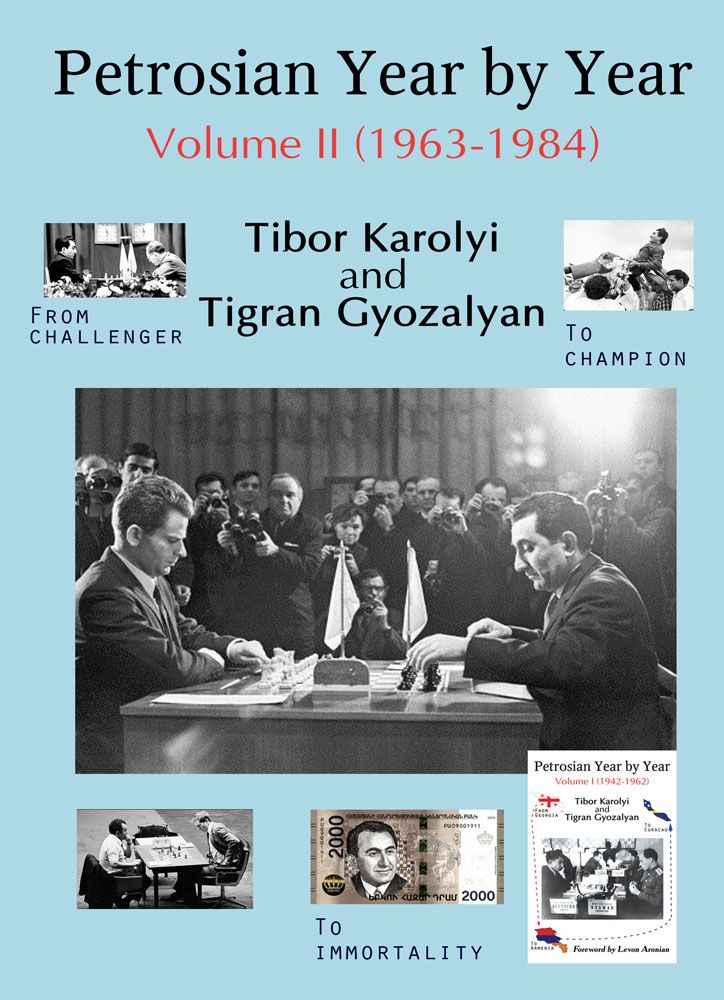
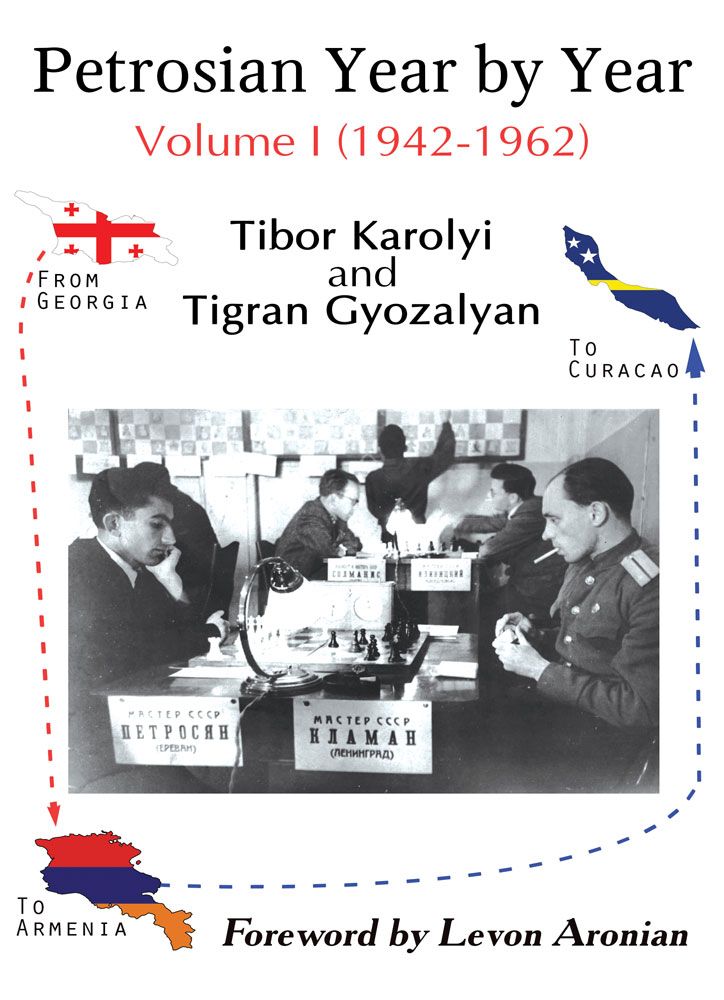
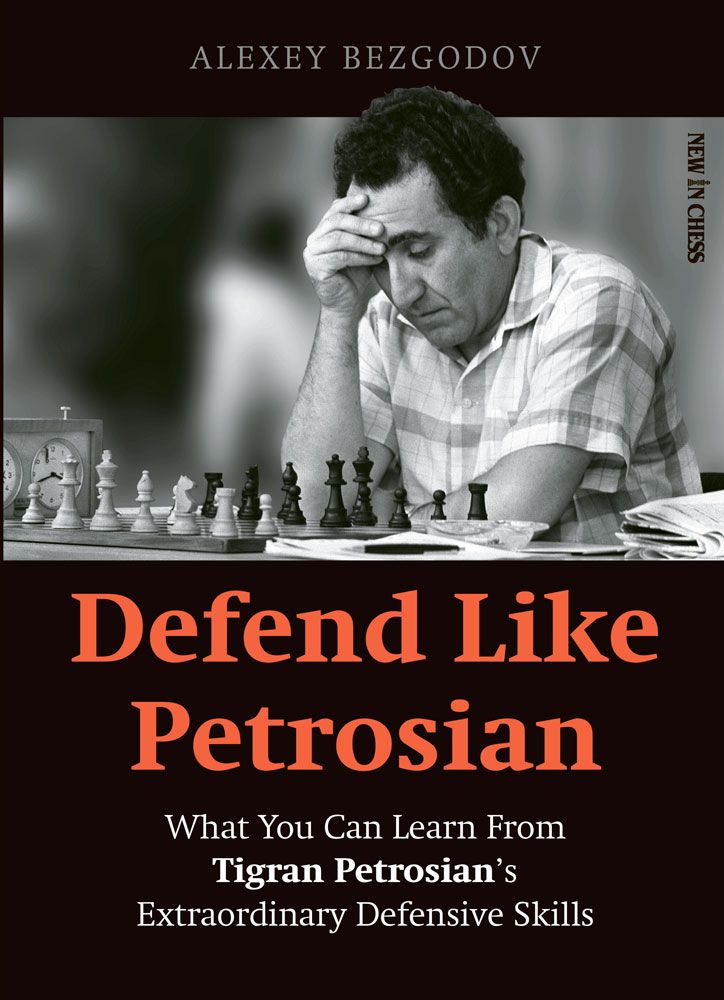
- Dover Books are finally here! - November 20, 2024
- Book Review: Moves 3 to 10 by Nery Strasman - August 9, 2024
- The Life and Games of Dragoljub Velimirovic (Volume 2) by Georg Mohr and Ana Velimirovic-Zorica - July 23, 2024

